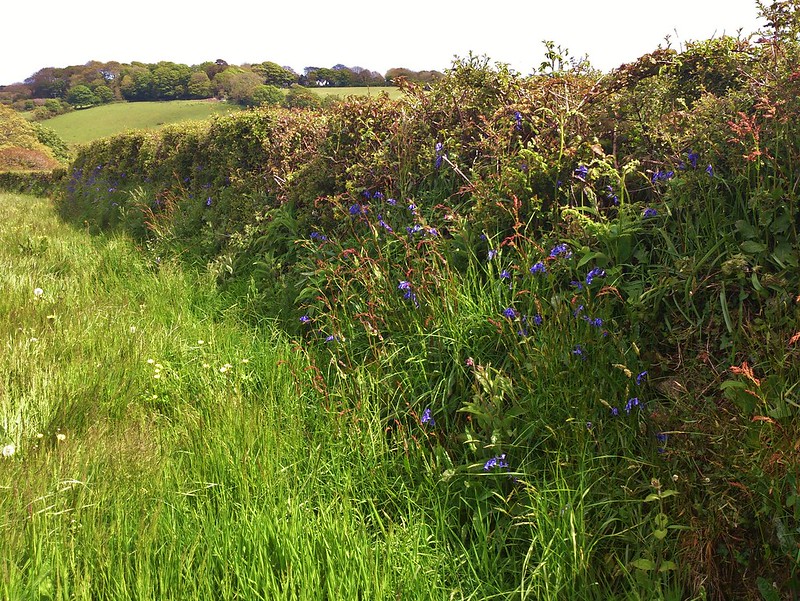Unlocking the climate potential of planting hedgerows

Hedgerows provide multiple benefits to farmed landscapes, as they provide refuge and food to wildflowers, pollinators, and bird and small mammal populations, as well as intercepting nutrients that would runoff in water, and providing shelter to livestock.
Recently, there has been growing interest in their potential for climate change mitigation, as they capture carbon dioxide (CO2) from the atmosphere and store it in their biomass and in the soil beneath them.
In the UK, the Climate Change Committee (CCC) has called to extend hedgerows by 40%. In England, this would be approximately 193,000 km, equivalent to about half the length of the UK’s road network. More recently, DEFRA has announced its goal of planting close to 72,500 km of hedges throughout the country by 2050.
However, the overall rate of carbon sequestration associated with planting hedgerows has not been accurately determined, and it is unclear what is the climate change mitigation potential associated with different hedgerow planting goals.
In 2022 researchers at the University of Leeds measured the annual rate at which hedgerows can sequester CO2 in the soil beneath them. They also identified that there was a significant lack of data regarding the amount of carbon that a hedgerow can store in its biomass.
As part of a new study, we quantified the amount of carbon that hedgerows of different ages can store in their aboveground biomass, from planting to maturity, and their associated rates of CO2 sequestration.
We found that the rate is highest in the first 12 years after planting (2.09 - 2.26 Mg of carbon per hectare per year). This is the period before hedges usually enter the regular management cycle of trimming and laying that is typical in the UK, which keeps hedges at a reduced height and width compared to treelines. This management, however, is also key in keeping the hedge healthy and alive and can help to maintain a minimal sequestration rate in mature hedgerows of 0.43 Mg of carbon per hectare per year.
Putting these findings together with the soil organic carbon sequestration rates from our previous study, we calculated how much CO2 will be stored in biomass and in the soil by 2063 (40 years after planting starts) under three different planting scenarios.
We found that if hedgerows continue to be planted at the same rate as they are now within the Countryside Stewardship (around 1780 km per year), they will offset 1.3% of agricultural CO2 emissions for four decades. If the DEFRA goal of planting 72,500 km of hedges by 2050 can be met, instead, these newly planted hedges will offset 1.9% of agricultural CO2 emissions for four decades.
The most ambitious goal, however, remains that of the CCC, and if that could be reached, we could offset an impressive 4.5% of emissions. Increasing planting rates by supporting farmers to plant more hedgerows, is therefore key in reaching the climate change mitigation potential of hedgerows.
Take a look at the summary of the research findings.
Top image: Cornish Hedgerow, CC BY 2.0 35mmMan
